Teach your students about multiplication and array models with this printable mini-book.
What Is an Array Model?
Are you teaching your students about different multiplication strategies this year? Chances are you have plans to teach your students about many different methods, such as equal groups, skip counting, using a number line, and more. One method commonly used by students learning about the basics of multiplication is how to use an array. So, what exactly is an array model? Check out a quick primer from our teacher team!
An array model is a visual representation used in maths to organise and understand multiplication (and division, too!). It’s an arrangement of objects put into rows and columns, forming a rectangular shape.
💙💙💙💙💙
💙💙💙💙💙
💙💙💙💙💙
💙💙💙💙💙
If we look at the array model above, it shows 4 rows (going side to side) and 5 columns (going up and down). After filling in the rows and columns to make a grid-like figure, the total shows 20 hearts.
Teach Your Students About an Array! Maths Made Easy!
If you are looking for a simple way to teach your students about arrays, you have come to the right place! Teach Starter has created a mini-book for you to use with your multiplication unit. This teacher-created resource has the following components:
- What are arrays?
- Colouring arrays in a grid
- Practise drawing an array with objects
- Understanding flipped arrays
- Matching multiplication equations with array models
How To Get Your Multiplication Array Mini-Book
To get your hands on this multiplication resource, head on over to the green download button! Here, you will find the quick-print PDF file and the editable Google Slides document. If selecting the Google Slides option, please note that you will first be prompted to make a copy of the resource to your personal drive before accessing it.
To assemble the mini-book, simply cut the pages in half, assemble the pages on top of each other, and staple along the left-hand side to secure.
This resource was created by Brittany Kellogg, a Teach Starter Collaborator.
More Array Resources For You!
Don’t stop there! We’ve got more activities to shorten your lesson planning time:
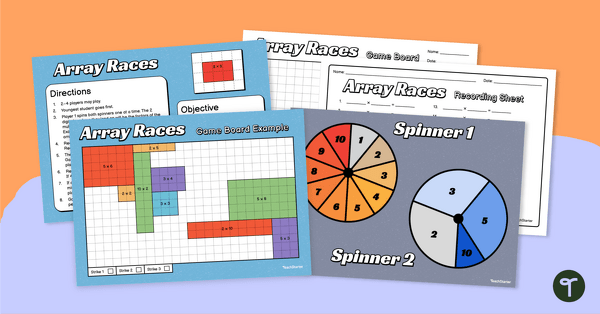
teaching resource
Array Races Multiplication Game – Facts 2, 3, 5 and 10
Create arrays to fill the board with this fun multiplication game.

teaching resource
Introduction to Multiplication Strategies Teaching Slides
Introduce your students to different multiplication strategies such as arrays, equal groups, repeated addition and skip counting with this 34-page slide deck.
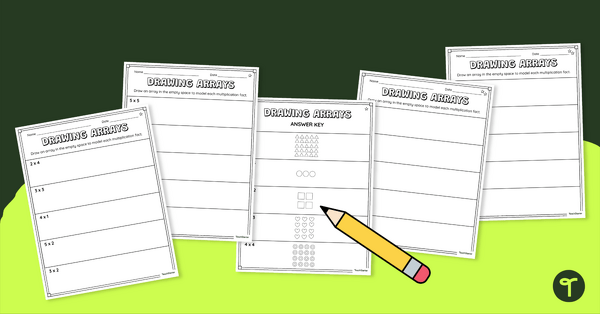
teaching resource
Drawing Arrays Worksheet Pack
Review how to draw an array with your students as they complete this worksheet pack.
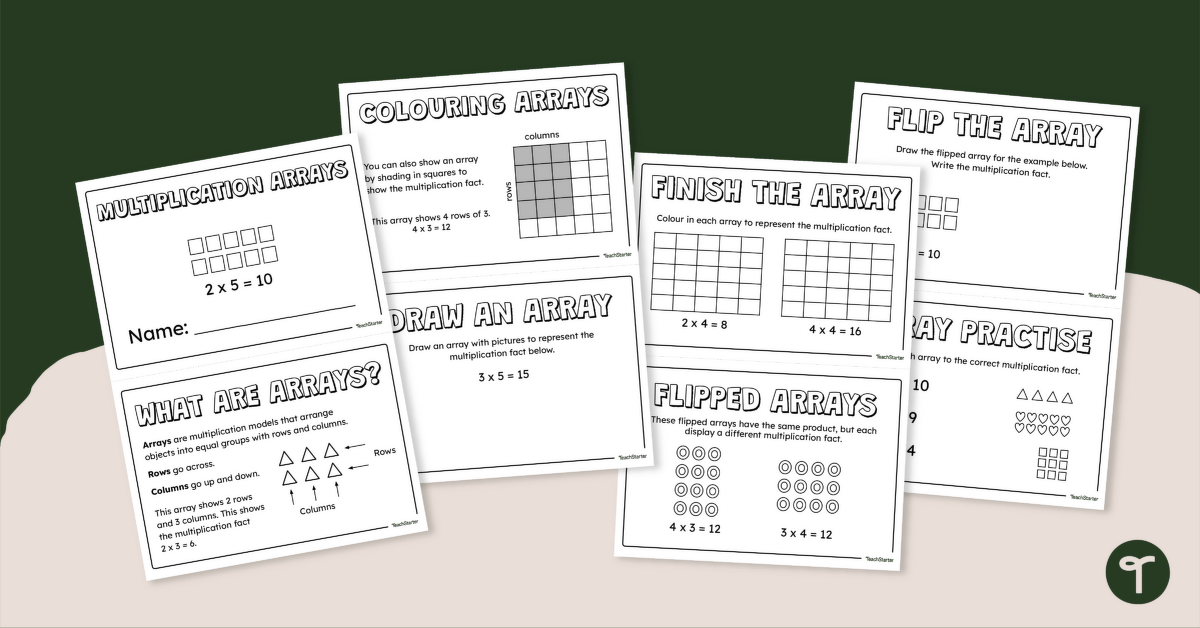



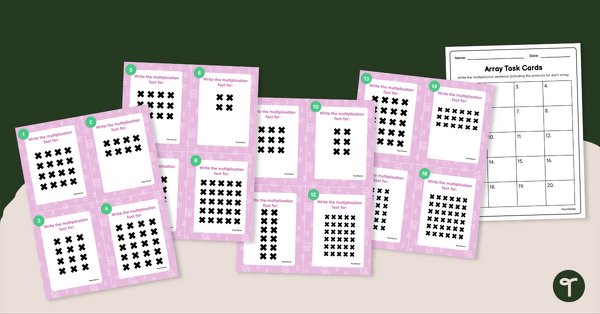
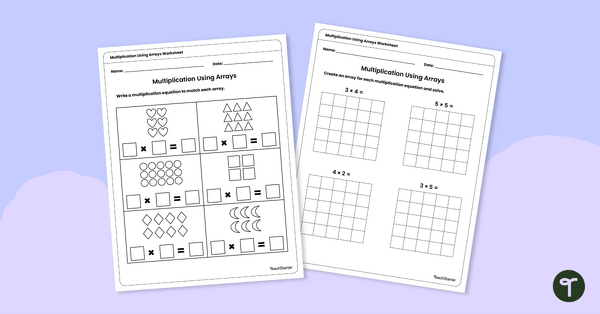
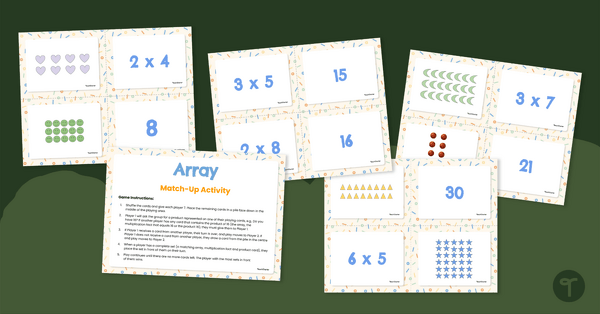


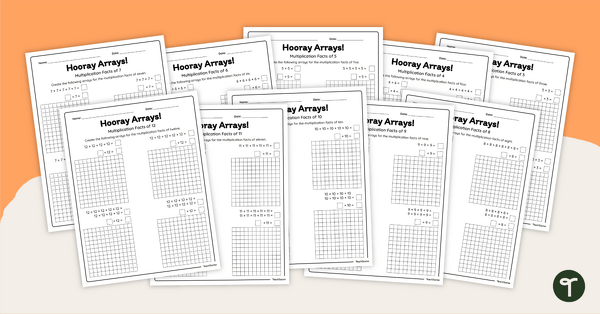
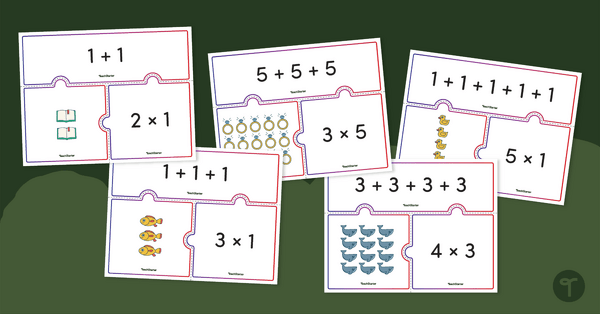
0 Comments
Write a review to help other teachers and parents like yourself. If you'd like to request a change to this resource, or report an error, select the corresponding tab above.